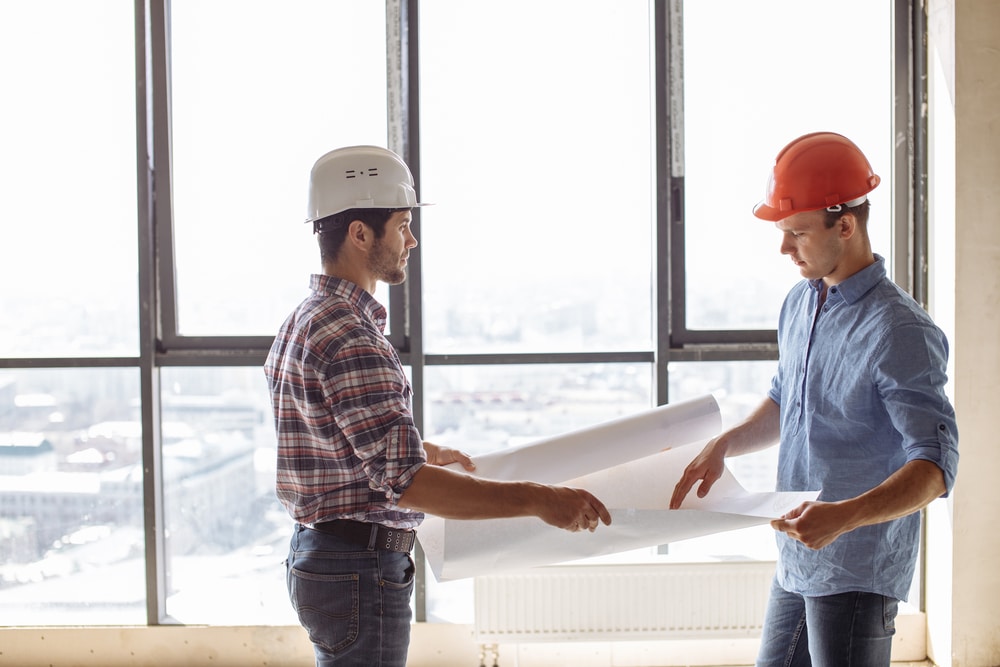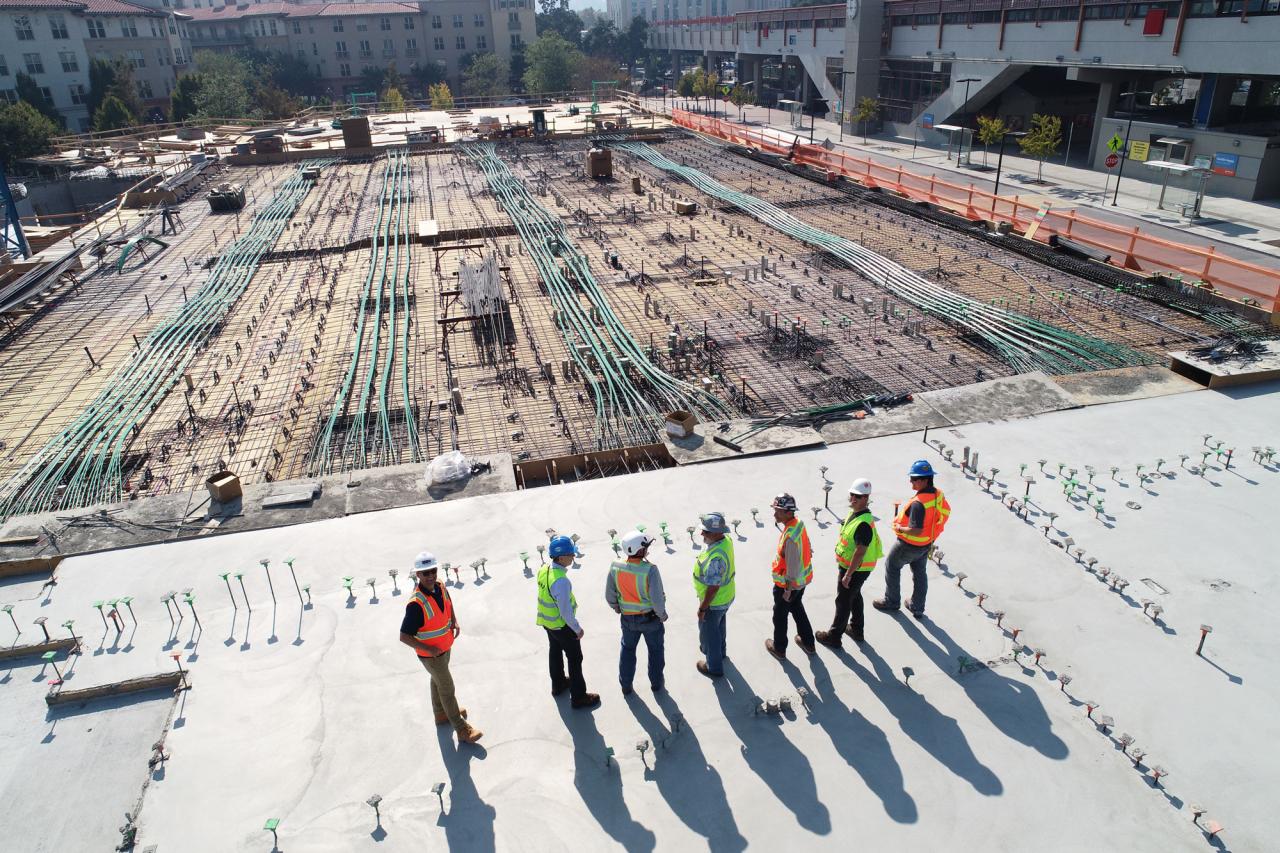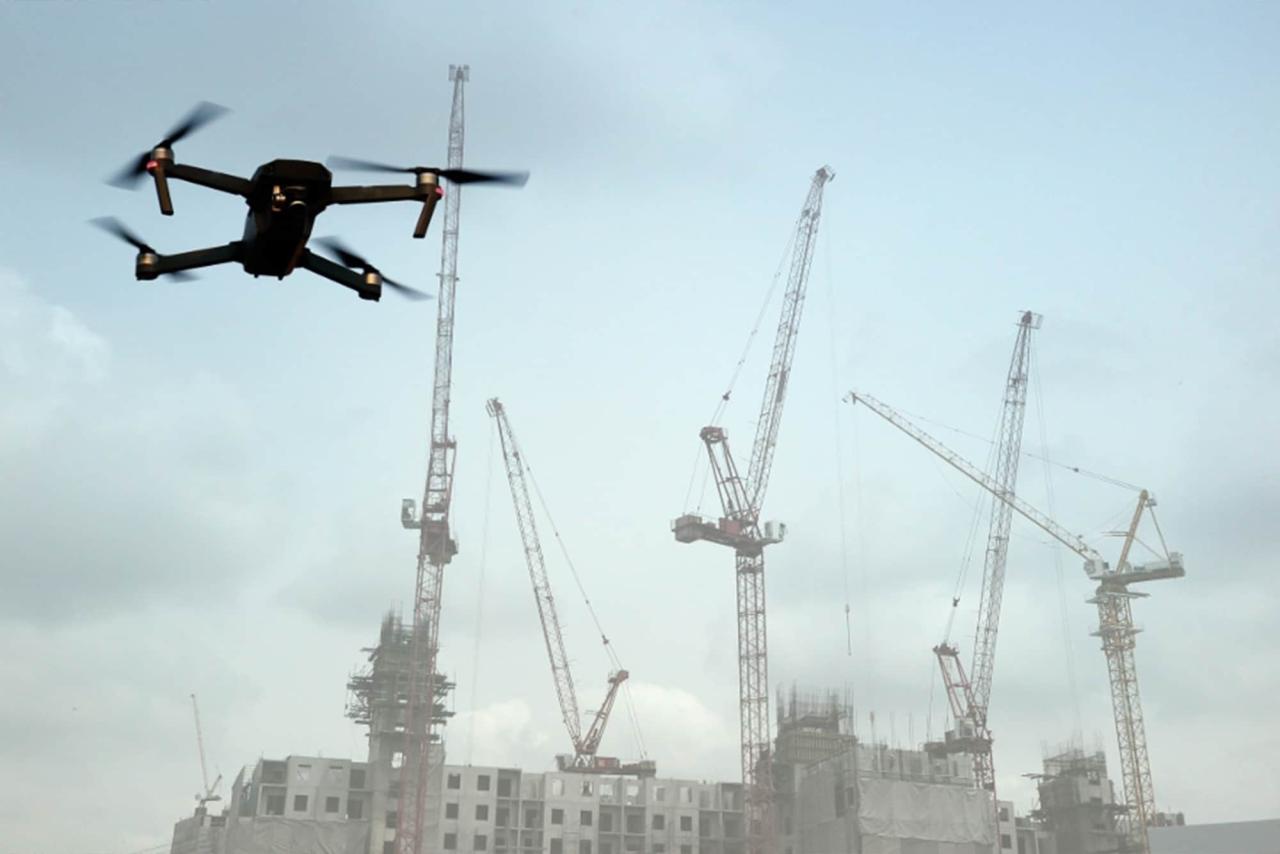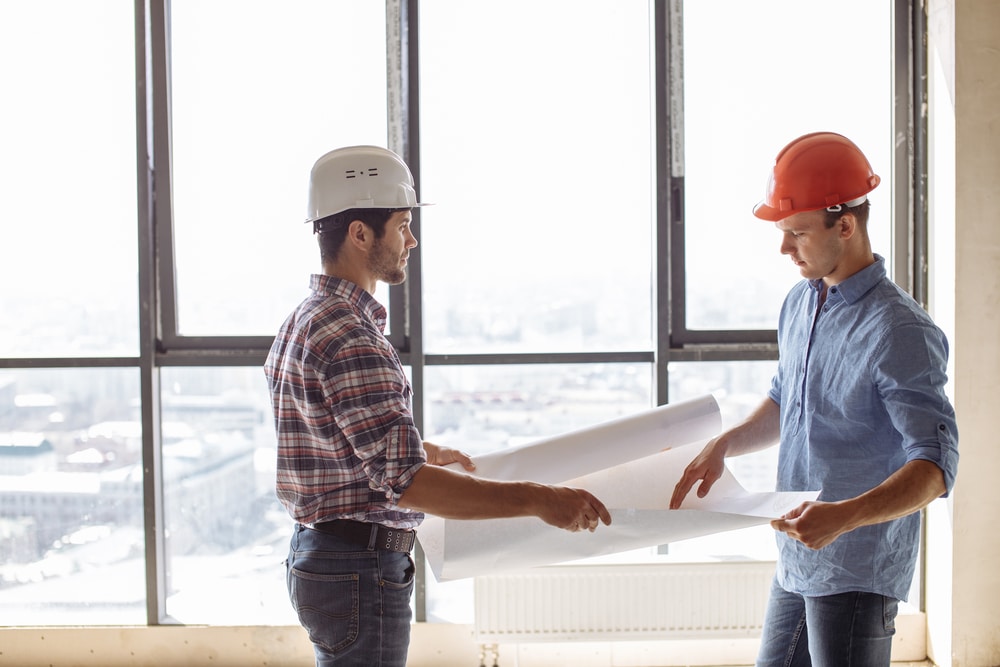Between construction labor shortages and the challenges brought on by COVID-19 years ago, some construction companies are looking for new ways to operate more efficiently.
Construction robotics is a solution that some companies are adopting to combat these challenges, so let's take a look at how it's affecting the industry.
5 Ways Robotics and Construction Automation Are Changing the Industry
From reducing costs to improving efficiency and safety on the job site, let's talk about five ways construction robotics is impacting the industry now and what it means for the future.

Although construction robotics and automated equipment have significant upfront costs, they are relatively inexpensive when compared to costs like payroll, worker compensation, etc. Even the most advanced construction robotics require regular maintenance, but looking at all the work they can and taking into account the recurring costs of the human workforce, they are becoming an economical option for construction companies around the world.
Construction robotics is excellent at handling repetitive jobs—like hanging drywall or laying bricks—and can help companies significantly reduce a project's labor costs. They work quickly, produce fewer errors than human labor, and most importantly, have lower overhead costs that can have a huge effect on your bottom line.
2. Advanced construction robotics will solve labor shortages.

Between the recent labor shortage and the fact that 41% of construction workers will retire by 2031, construction companies must start thinking about the future of the workforce. That's why many companies are turning to construction robotics to perform their most repetitive, labor-intensive jobs.
Skilled tradespeople are leaving the industry every day, and with baby boomers set to leave the workforce by 2029, the introduction of advanced construction robotics is changing the way companies approach their projects. Construction automation is not only solving current and future labor shortages, it is doing so while reducing labor costs and improving productivity.
3. Construction robotics will offer more flexibility to human workers.
With the construction workforce dispersed, companies do not have much room for maneuver in mobilizing their workers. Disruptions in availability for any reason can start a chain reaction, delaying projects. Supplementing the human workforce with construction robotics allows these companies to be much more flexible in how they use their labor resources to adapt to unexpected worker absences or injuries.
Priorities can change mid-project for a number of reasons, and companies are deploying construction robotics to quickly shift their resources to different tasks to accommodate these changes. Robotics in the construction industry can provide companies with the flexibility they need by performing labor-intensive jobs so that human workers can divert their attention as needed.
4. Construction drones will improve efficiency across the industry.

Construction robotics is not (and probably never will be) a replacement for human workers. However, they can perform many tasks on their own and leave human workers free to handle jobs that require more attention and detail.
Drones are a great example: they can perform many surveying tasks autonomously or with a single operator. This means surveying teams can deploy a drone and free up other workers to work on tasks more critical to their project. When a single drone can perform tasks that previously required multiple human workers, efficiency increases as fewer people can accomplish more work in less time.
5. Robots will cause fewer deaths and injuries in the workplace.

In a few years ago, the construction industry recorded the highest number of fatal accidents and the third highest number of non-fatal accidents. And while construction robotics may require maintenance and repairs, they won't get hurt on the job site. When key workers have an accident or are injured on the job, it can result in long delays and delay the entire project.
Repetitive strain injuries are also common in construction workers, and construction robotics can address this too – a robot can perform the same repetitive movements over and over for hours, days, or even weeks without any problems. That's another reason why construction companies are using advanced construction robotics: Robots can focus on tiring, repetitive jobs while human workers handle tasks that require more finesse.
Is construction robotics the future of the industry?
Robotics and construction automation are still relatively new and it is difficult to determine their long-term place in the industry. However, the emergence of advanced construction robotics shows that even with the ever-present challenges of work, construction companies will continue to find ways to complete their projects on time while reducing overall costs.
While construction robotics may not be a perfect solution to every industry challenge, it is helping companies consistently achieve their goals.
Construction robotics has a large upfront cost and some companies may not yet be in a position to employ robotic workers, but there are other ways to improve your team's productivity when facing project challenges, such as construction management software.

